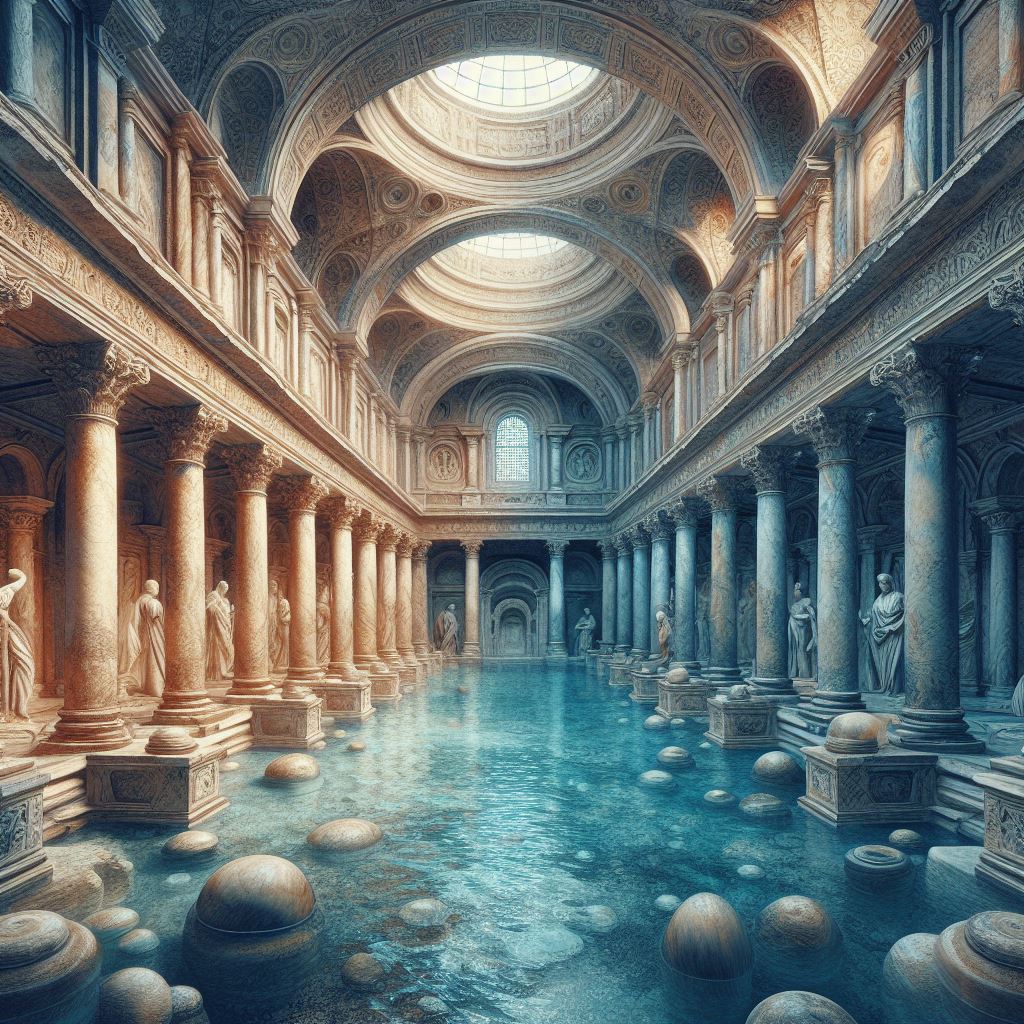Hadrian’s Wall stands proudly as one of the most remarkable feats of ancient engineering ever undertaken. Erected under the directive of Emperor Hadrian in the 2nd century AD, this colossal structure stretches across the northern frontier of Roman Britain, showcasing the ingenuity and skill of its builders. But what exactly is Hadrian’s Wall, and what makes it such a monumental marvel?
Why Was Hadrian’s Wall Built?
The construction of Hadrian’s Wall was no arbitrary endeavor; it was imbued with strategic foresight and practical necessity. Serving as more than just a physical barrier, the wall held multifaceted purposes in the grand tapestry of Roman imperial ambition. One of its primary objectives was to delineate and fortify the northern boundary of the Roman Empire, controlling the movement of people, goods, and potential threats. Additionally, it functioned as a defensive bulwark, safeguarding Roman Britain from the incessant raids and incursions of northern tribes.
What Is Hadrian’s Wall Like?
Hadrian’s Wall spans an impressive distance of approximately 73 miles (117 kilometers) across the rugged terrain of northern England, traversing diverse landscapes and commanding awe at every turn. Composed primarily of stone and turf, the wall soared to heights of up to 20 feet (6 meters), punctuated by imposing forts, turrets, and milecastles strategically positioned along its length. Its imposing presence and meticulous construction speak volumes about the architectural prowess of its creators, leaving an indelible mark on the landscape and the annals of history.
Beyond its sheer size and scale, Hadrian’s Wall holds profound historical and cultural significance. As a tangible symbol of Roman authority and dominance in Britain during the 2nd century AD, the wall encapsulates the essence of imperial ambition and military might. Moreover, it serves as a testament to the intricate interactions between Roman settlers and indigenous populations, shaping the cultural landscape of the region for centuries to come.
Venturing along the length of Hadrian’s Wall unveils a treasure trove of archaeological wonders, offering glimpses into the daily lives and routines of those who once inhabited its environs. From well-preserved forts and barracks to intricate artifacts such as coins, pottery, and tools, each discovery paints a vivid picture of the past, enriching our understanding of Roman frontier life and the complexities of cross-cultural exchange.
What Is The Legacy Of Hadrian’s Wall?
Today, Hadrian’s Wall stands as a beacon of history and heritage, beckoning visitors from far and wide to marvel at its grandeur and ponder its significance. Designated as a UNESCO World Heritage Site, the wall serves as a living testament to the interconnectedness of civilizations and the importance of preserving our shared cultural legacy. Its enduring legacy transcends time, reminding us of the indelible imprint of the past on the present and the timeless allure of human ingenuity and perseverance.

Learn About Other Roman Architecture…
Roman Temples
Introduction Roman temples are a fascinating glimpse into the architectural genius and religious fer…
The Temple of Portunus
In the heart of Rome stands a structure shrouded in mystery and history – the Temple of Portunus. Th…
Roman Baths
Embark on a journey through time to explore the marvels of Roman baths – architectural wonders that …


